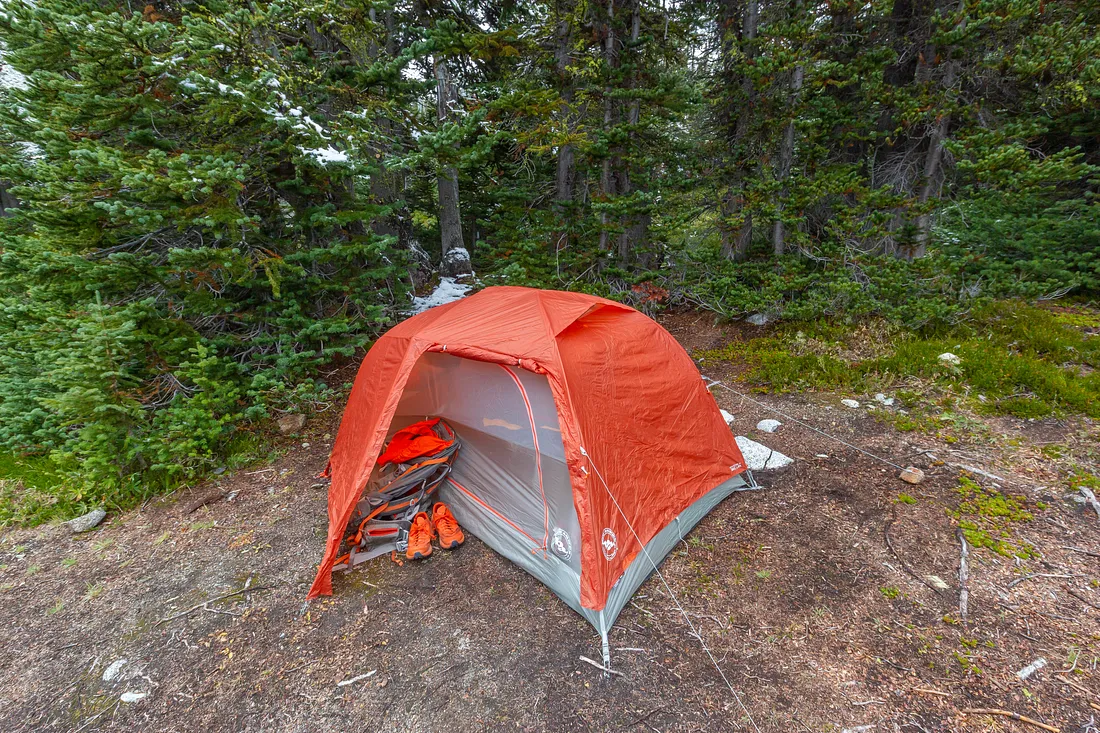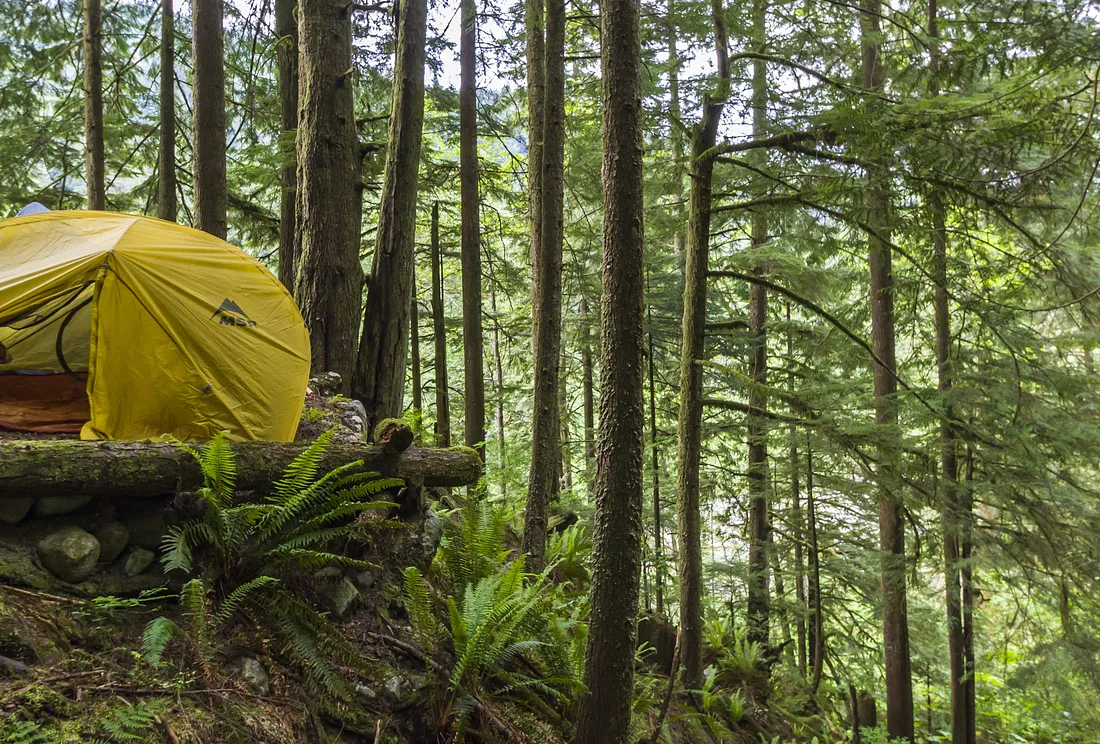Quick heads-up: some of the links on this page are affiliate links. If you make a purchase through them, we may earn a small commission (at no extra cost to you). This small bit of income helps keep our site running.
What is a Tent Vestibule and What is it Good For

One gear feature that doesn’t get enough attention but can really make or break your comfort while camping is the humble tent vestibule. Let’s dive into what it is and why it matters.
The Basics of a Tent Vestibule
A tent vestibule is essentially just an extension of your tent. It acts as a mudroom or porch where you can store gear, muddy boots, or even cook if the weather is really bad weather. It’s not part of the main sleeping area, which keeps the sleeping area of your tent free of clutter. Think of it as your tent’s front yard, but with a roof.
Vestibules come in various sizes, and their utility can range from just a basic shoe storage area to a spacious room where you can sit and cook. Some tents come with built in vestibules, while for other tents they're only available as addons.
Why It Matters
The main thing I use my vestibule for is a place to store gear that isn't in the main sleeping area. Tents are almost always smaller than you'd like them to be, so a vestibule is where I'll stash all my extra gear at night.
A vestibule is also handy in bad weather. If it’s raining or snowing, you can keep your wet gear in the vestibule, preventing water from getting into your sleeping area. You can also do a bit of cooking there, which again, just keeps your main sleeping area clutter and dirt (and food) free.

Product Recommendations
If you’re convinced a vestibule is a worthy addition to your camping setup, here are a couple of tents you might consider:
- REI Co-op Half Dome SL 2+ (3 person version) - This tent comes with a spacious vestibule that’s perfect for storing gear or hanging out. It’s a great balance of weight and space, making it suitable for backpacking or camping.
- Big Agnes Copper Spur HV UL2 (1 person / 3 person / 4 person) - Known for being lightweight and durable, this tent features a large vestibule area that can be propped up with a couple of trekking poles for an even more spacious area. Definitely worth checking out.
Can Dogs Sleep in the Tent Vestibule?
Yes, dogs can definitely sleep in the tent vestibule. It's a great spot for them, especially if you're trying to keep the main sleeping area clean or if your pet is wet or muddy.
To make the vestibule a cozy spot for your furry friend, get a durable, comfortable pad or bed that will insulate them from the cold ground. If the weather is chilly you can even get a doggy sleeping bag to keep them comfy.
However, it’s worth noting that while the vestibule offers a decent amount of protection, it's not as sheltered as the tent's interior. In extreme weather conditions, consider bringing your dog in to the main sleeping area.

Leaving the Tent Vestibule Open
Leaving the tent vestibule open at night can be a great way to improve air circulation within your tent, which helps reduce condensation buildup overnight. A good tent will have some vents built in to help provide a little bit of airflow, but having the whole vestibule open really adds a lot.
If you are going to leave the vestibule open at night, be sure there isn't any rain in the forecast. The main thing I like the vestibule for is keeping my gear dry and protected overnight, but if you wake up and it's been raining all night and your vestibule was open, you're not going to be a happy camper.
